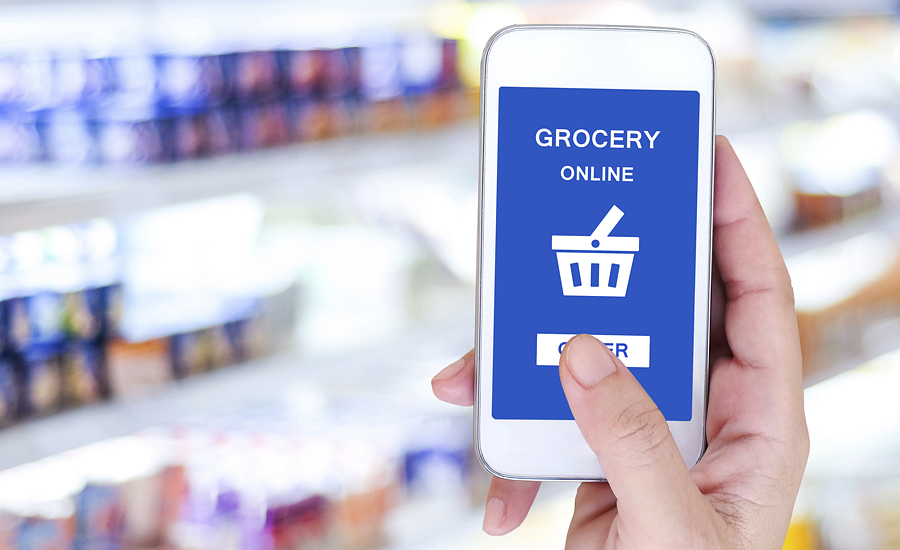Study finds consumer confidence makes big impact on e-commerce growth
In fact, 2018’s e-commerce sales increased by 35.4%, according to IRI’s new research.

While 2019 got off to a rocky start, with a partial government shutdown and trade challenges attributed to tariffs, consumers at the close of 2018 were buoyed by their strong household financial health, and were spending accordingly.
Nearly 55% of consumers report their households were in good financial shape in Q4 2018, up 4% from Q3 2018 and 2% from Q4 2017, according to “Consumer Confidence Reflected in E-Commerce Growth,” produced by IRI, Chicago.
Hand-in-hand with consumer confidence is the growing and evolving e-commerce channel. In fact, 2018’s e-commerce sales increased by 35.4%, according to IRI’s new research. Consumers are increasingly comfortable with online purchasing, and retailers of all stripes are upping their online offerings, working to enhance the shopper experience with simple navigation, assortment, good values and delivery options.
“Millennial and Gen X consumers are more at ease with online purchases than older generations, and as e-commerce becomes more of a routine, those shoppers are migrating offline efforts to save money to their online practices,” says Joan Driggs, vice president of content and thought leadership. “Online offers a lot of additional outlets for smart shopping, including easy comparison shopping and keyword search for more informed purchases.”
E-commerce sales are shining star of CPG omni-channel universe
E-commerce sales for the latest 52 weeks ending Dec. 30, 2018 were $58.9 billion, a 35.4% increase from a year ago. These sales account for only 11% of total CPG retail sales, however, e-commerce accounts for 64% of total omni-channel growth.
“Pure-play retailers garner more than half of all online CPG purchases, but traditional brick-and-mortar retailers continue to invest and win share of the e-commerce pie,” says Sam Gagliardi, head of e-commerce. “It is incumbent upon the future success of these traditional retailers to invest in the shopper experience both in-store and online.”
While fresh and frozen items rank among the bottom of e-commerce sales categories, there are signs of significant growth, indicating that retailers — likely with the support of such flexible options as click-and-collect — are starting to crack the code on delivering fresh and frozen items via online.
Millennials and Gen Xers, the two generations most likely to find value in shopping online, are also the generations that report having the most difficulty affording needed groceries (34% of Millennials, 36% of Gen Xers). More than half (54%) of Millennials and Gen Xers report they are less likely to make impulse purchases when buying online. With this in mind, e-commerce should be touted as a tool for helping shoppers stick to their budget. Overall, 50% of total respondents report they are less likely to make impulse purchases online, including 49% of boomers and 44% of seniors.
Close to 38% of all consumers like ordering online and picking up in the store because it is convenient and a good way to avoid shipping fees. In fact, 49% of Millennials, 48% of Gen Xers, 38% of boomers and 24% of seniors feel the same.
“E-commerce sales will continue to climb in 2019 and beyond, with retailers increasingly investing in better ways to engage shoppers, including with improved navigation and mobile access, delivery and payment options and endless aisle assortments,” adds Gagliardi.
Looking for a reprint of this article?
From high-res PDFs to custom plaques, order your copy today!






